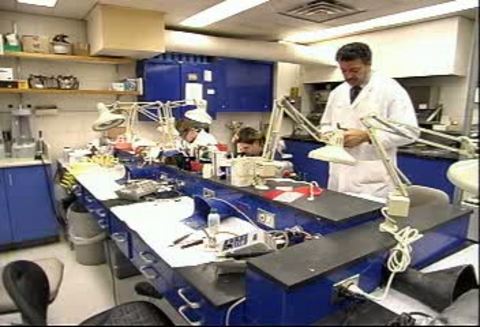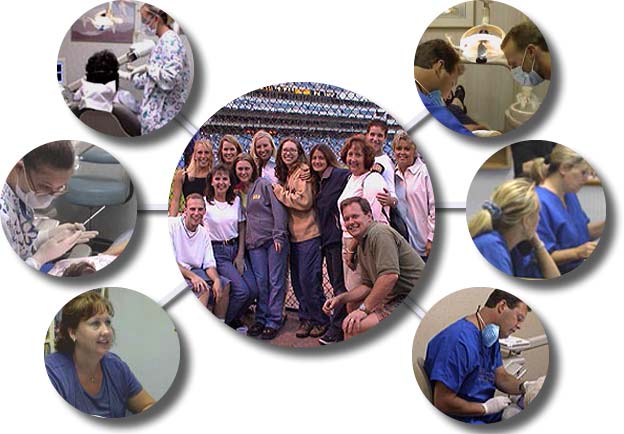
LECTURE I
The Dental Team and Evolution of the Dental Assistant
THE DENTAL TEAM:
The DENTAL TEAM is the primary care unit within the profession of dentistry and consists of the following and will be described in detail shortly:
1. Dentist
2. Dental Assistant
3. Dental Hygienist
4. Dental Lab Technician
5. PATIENT who is in the center of all activity
The RESPONSIBILITIES of the dental team is to provide quality health care to its patients
and to know the "Dental Practice Act" of the state in which each team member chooses to
practice in – each member of the TEAM has responsibilities legal and professional to the
patients which are defined in the Dental Practice Act of the state that they practice in.

DEFINING the dental team members:
THE DENTIST:
1. The dentist is the dental team leader whose mission is to promote the art and science of
dentistry. They also are responsible for promoting improvements of the public's health
and the standard quality of care.
2. In each state the Requirements for Licensure is specified by the Board of Dentistry.
This is where you will find the Dental Practice Act for the state in which you wish to
practice or study.
3. There are two main Dental School Awards that are given to students who have finished
the accredited programs associated with each award. The two awards are D.D.S. =
Doctor of Dental Surgery and D.M.D. = Doctor of Dental Medicine.
4. In dentistry a General Practitioner (GP) practices all phases of dentistry and may refer
a patient to a dental specialist if the need arises. Reasons that a patient will be sent to a
specialist may include treatment that the GP feels is beyond his/her capabilities, second
opinion, treatment that has not produce optimal results that requires additional
treatment by a specialist, etc.
5. The American Dental Associations (ADA) recognizes the following nine dental specialties: Dental Public Health, Endodontics, Oral Pathology, Oral Maxillofacial Surgery, Orthodontics, Periodontics, Pedodontics, Prosthodontics, Oral Maxillofacial Radiology.
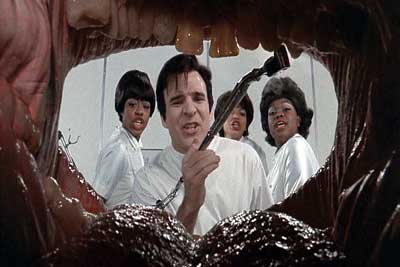
a. Dental Public Health:
Dental public health is the science and art of preventing and controlling dental
diseases and promoting dental health through organized community efforts. It is
concerned with the dental health education of the public, with applied dental
research, and with the administration of group dental care programs as well as
the prevention and control of dental diseases on a community basis. A good
example of this specialty would be dental health specialists involved in
fluoridation issues, community oral health education, Head Start programs,
dental screenings to assess the needs of the community. This specialty develops
dental health policies at county, state, and national levels. In this specialty, the
community is the patient rather than the individual.
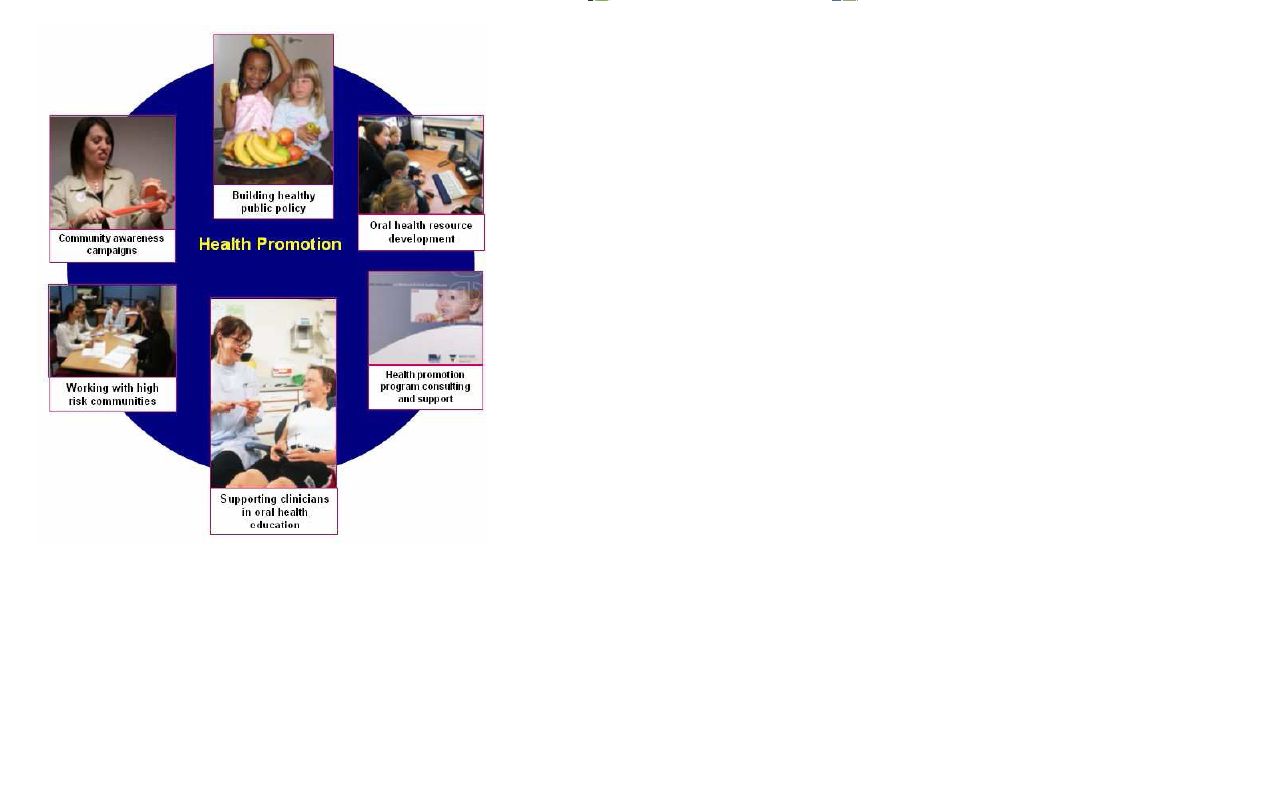
b. Endodontics:
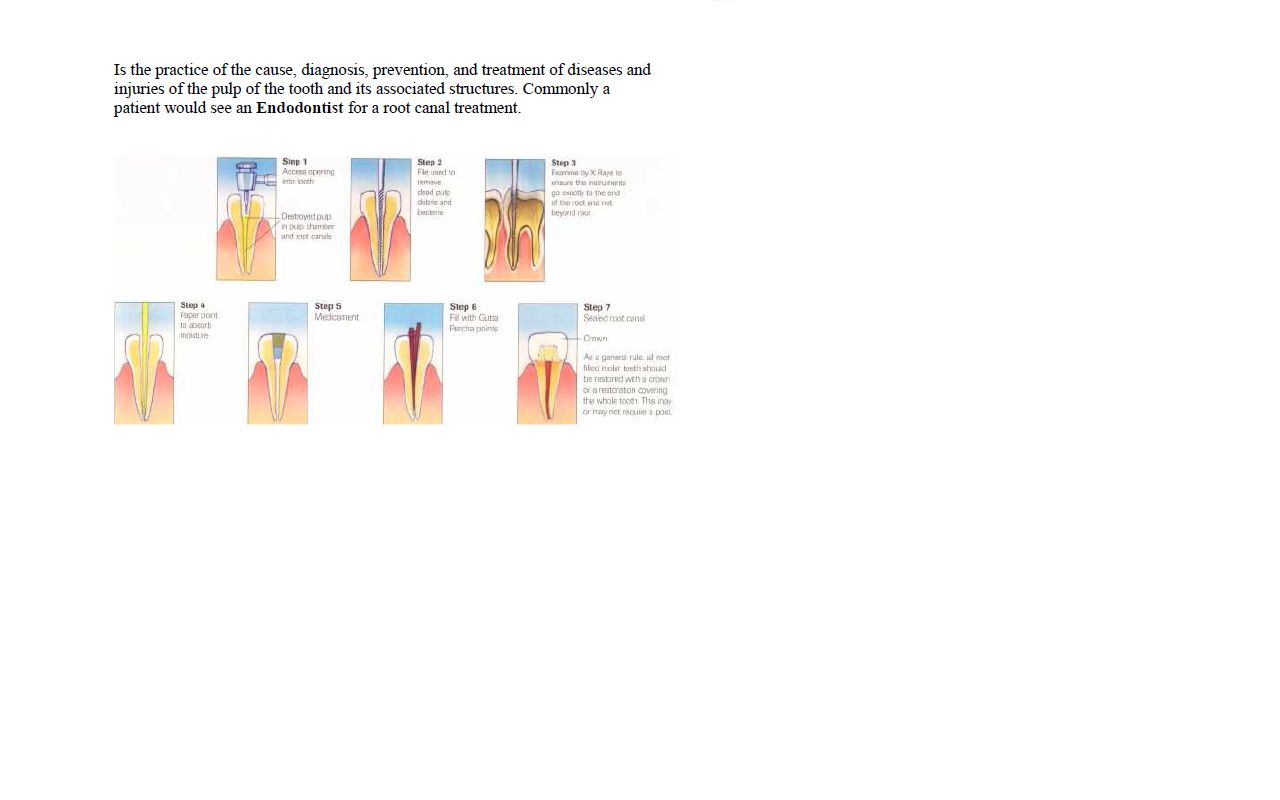
c. Oral Pathologist:
A major function of an Oral Pathologist is performing biopsies. This specialty
works closely with oral surgeons in performing diagnosis and involves the
nature of diseases of the oral cavity and adjacent structures.
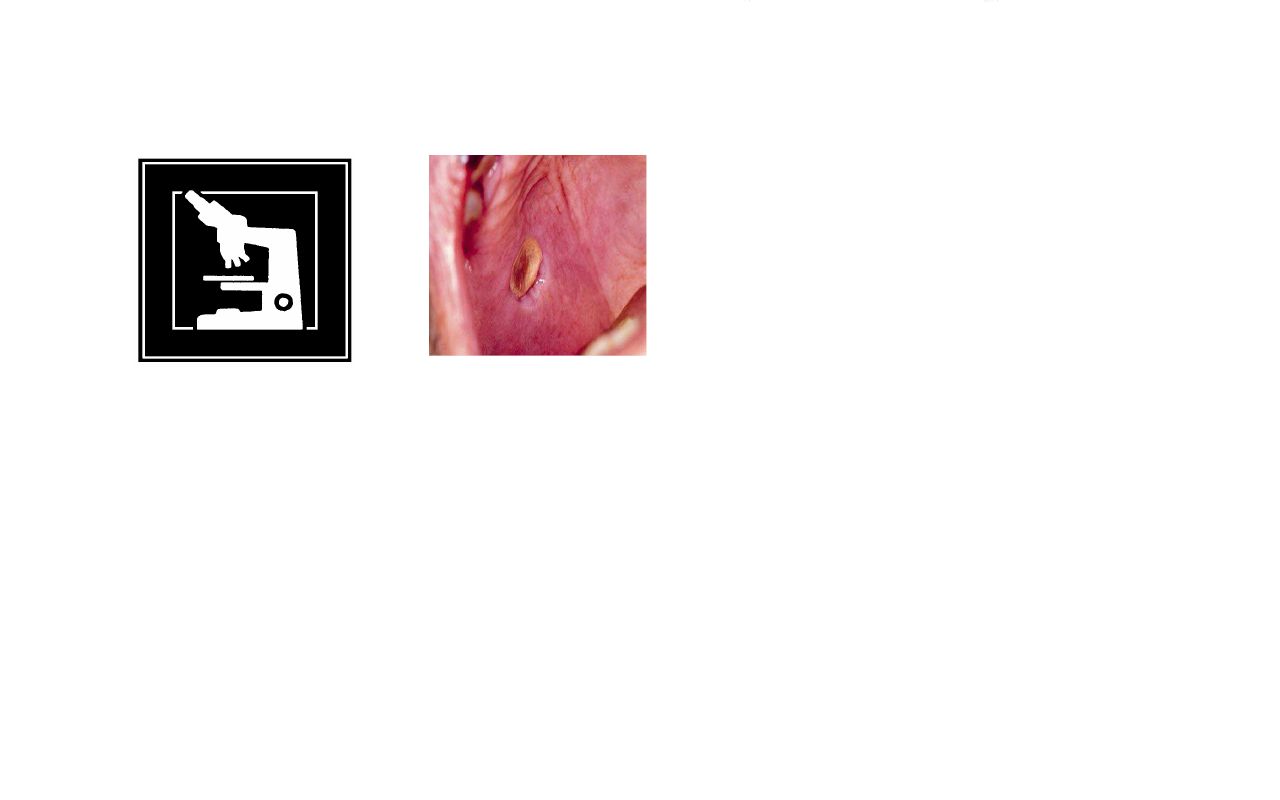
d. Oral Maxillofacial Surgery:
This specialist is commonly seen by persons needing the extraction of a tooth
that a GP may not feel comfortable performing. But they do much more than
extractions. The specialty of Oral Surgery involves the diagnosis and surgical
treatment of diseases, injuries, and defects of the oral and maxillofacial regions.
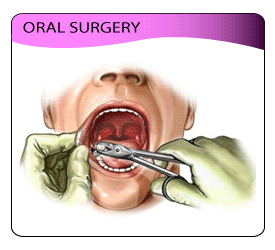
e. Orthodontics:
Most people you will meet who have had "braces" are or have been seen by an
Orthodontist. This specialty involves the diagnosis, treatment, and prevention of
malocclusion of the teeth and associated structures, but also entails much more
than the fitting of braces.
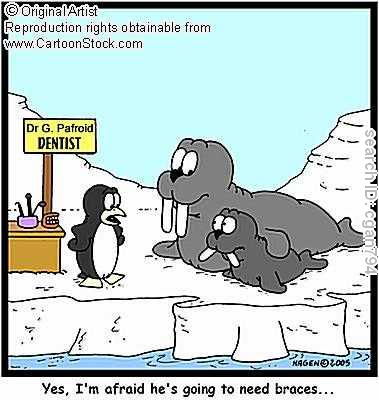
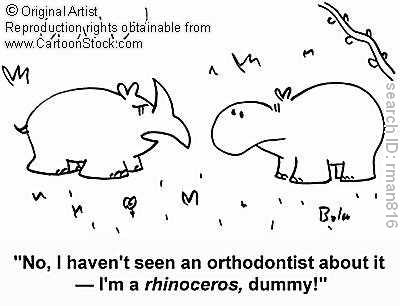
f. Pediatric Dentistry:
Pedodontist's (pediatric dentists) provide dental treatment to children (note that
the prefixes "Pedi" and "Pedo" are indicative of children). The pediatric dentist
will treat children whom are often difficult to work on in a GP's office or may
have emotional, physical, and behavioral problems.
Click here for some fun and games!


g. Periodontics:
Periodontist's are specialists that diagnose the treatment of diseases of the oral
tissues supporting and surrounding teeth. This includes the gingiva (gums) as well as
the bone.

h. Prosthodontics:
When a person has lost teeth that need to be replaced beyond what a G.P. can
provide, they will see a prosthodontist. Prosthodontists restore and replace
natural teeth with artificial constructs such as crowns, bridges, and dentures.
Prosthodontist and Oral Surgeons often work together to restore other facial structures
such as pictures below.
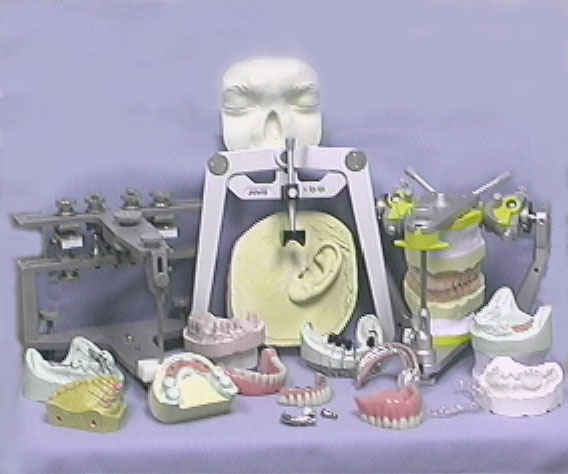
i. Oral and maxillofacial radiology:
In 1999, this specialty became the first new dental specialty granted recognition
by the ADA in 36 years. The dental radiologist uses new and sophisticated
imaging techniques to locate tumors and infectious diseases of the jaws, head,
and neck, and assists in the diagnosis of patients with trauma and
temporomandibular disorders.
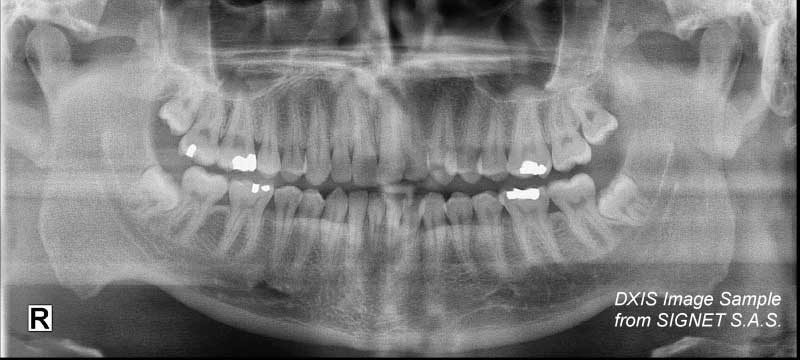
THE DENTIST ASSISTANT:
1. Dental Assistants are a vital part of the dental team due in part to their capacity to
reduce stress on both the patient and the dentist.
2. Two important and invaluable factors of a dental assistant's job is their ability to
perform duties not requiring the dentist's skill or judgment and their ability to perform
the duties which have been delegated by the state Dental Practice Act in the state in
which they practice in. In both of these cases, the dental assistant is utilized according
his/her abilities simultaneously releasing the dentist to work with another patient then
increasing the dentist's effectiveness.
3. There are a few professional organizations that are a part of the dental assisting
profession. You will have an assignment in the near future in which you will need to
go online and research the names of person's holding specific positions in the dental
assisting profession statewide and nationwide. To get you started I have provided a
few names below:
a. Locally we have the LCDAS (Lane County Dental Assistants Society).
i. The president is our own – Leslie Greer
b. In the state of Oregon we have the ODAA (Oregon Dental Assistants
Association).
i. The current president is Linda Kihs
c. The ADAA (American Dental Assistants Association) is our national
organization for dental assistants.
i. The current president is Kimberly Bland
ii. The ADAA was founded in 1921 by Juliette Southard
iii. In 1933 – The Dental Assistant Journal was started
iv. The ADAA created a pin for the dental assistant that contained the
following motto: "Education, Efficiency, Loyalty, Service"
4. The profession of dental assisting is multifaceted and provides a variety of areas of
work for the professional to choose from.
a. The certified Chairside Dental Assistant is a CDA (Certified Dental Assistant)
who has graduated from an accredited program, and has taken and passed the
DANB (Dental Assisting National Board) Board exam(s).
i. The DANB exam's background is based in chairside procedures,
radiography, lab and business, pt. education and infection control (ICE
exam) and has 3 components to the Board exam.
* The Radiology Proficiency Board Exam
* The Chairside Dental Assistant Board Exam
* The Infection Control Board Exam (ICE Exam)
b. Two other specialties recognized by DANB are the:
i. C.O.A. – Certified Orthodontic Assistant
ii. C.O.M.S.A. – Certified Maxillofacial Surgical Assistant

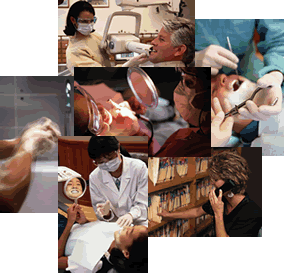
OTHER Dental Team Members:
1. It is the Office Manager who handles and or manages all areas of the business
office/reception/collections, insurance/treatment coordinator/etc. The office manager
may take a specialty exam called the CDPMA (Certified Dental Practice Management
Assistant).
2. The Generalist performs many of the duties throughout the office and is commonly
called the floater. They are instrumental in keeping the office flow smooth and
efficient by helping everyone complete their tasks.
3. The Advanced Expanded Functions Assistant has different acronyms depending on
their expanded capabilities and/or education. Some of the recognized acronyms are
EFDA, RDA, RDAEF, etc.
a. The Expanded Functions Assistant (EFDA) is able to perform specific advanced
functions allocated by the Dental Practice Act within each states licensing
agency and their education varies according to the state requirements.
b. Dental Assistant's, themselves, are responsible to inquire through their state
Board of Dentistry regarding the legal duties they are allowed to perform within
that state.
c. DANB (Dental Assisting National Board) is a dental assistant's number one
resource when they want to know about and/or verify accredited dental assisting
programs and/or where schools are located as well as specific information regarding
dental assisting and the board exams.
THE DENTAL HYGIENISTS greatest role is in preventive care through scaling and
polishing patient's teeth, patient education, nutrition, charting oral conditions, and
radiographs.
1. Education requirement is a 2 year certification or an associate degree. Each dental
hygienist must pass written and clinical exams determined by the state in which they
will practice in. Commonly seen are the Registered Dental Hygienist (RDH) and the
Licensed Dental Hygienist (LDH).

THE DENTAL LABORATORY TECHNICIAN
1. Performs extra oral (outside of the mouth) functions
a. Their labs are generally located in the dental office, commercial lab, or dental
school.
b. The lab technician makes crowns, bridges, and removable appliances such as
full dentures and partial dentures using impressions that are taken on patients in
the dentist's office and provided by the prescribing dentist's office.
2. The dental lab technician may only legally perform tasks specified by a written
prescription (Rx) from a licensed dentist.
3. To become a Certified Dental Technician (CDT) persons must pass a written
examination.
